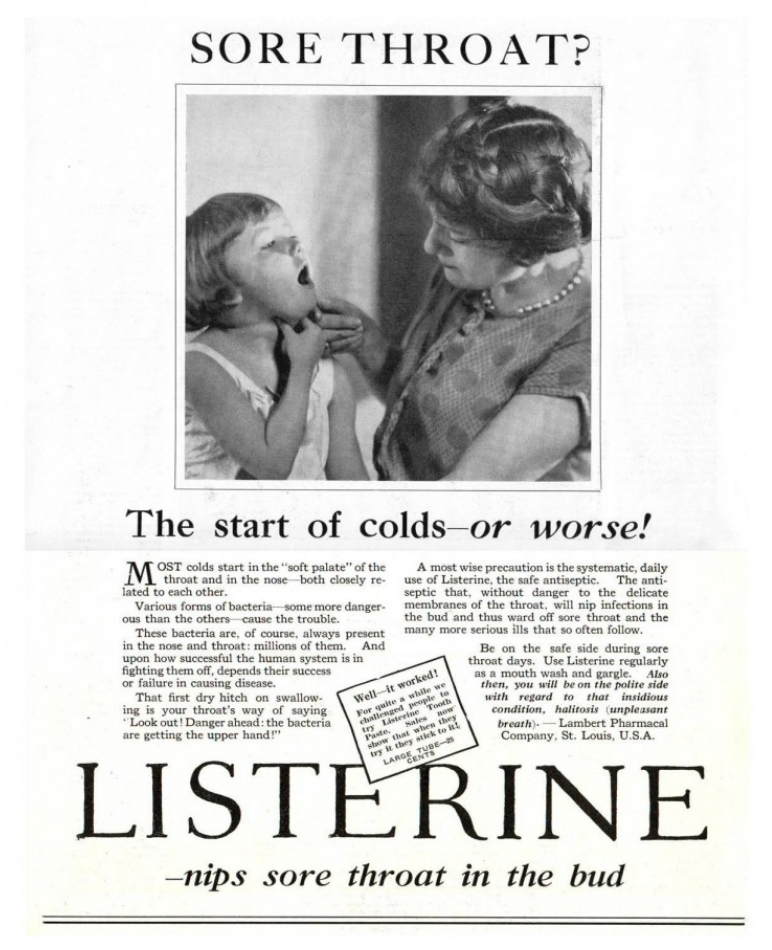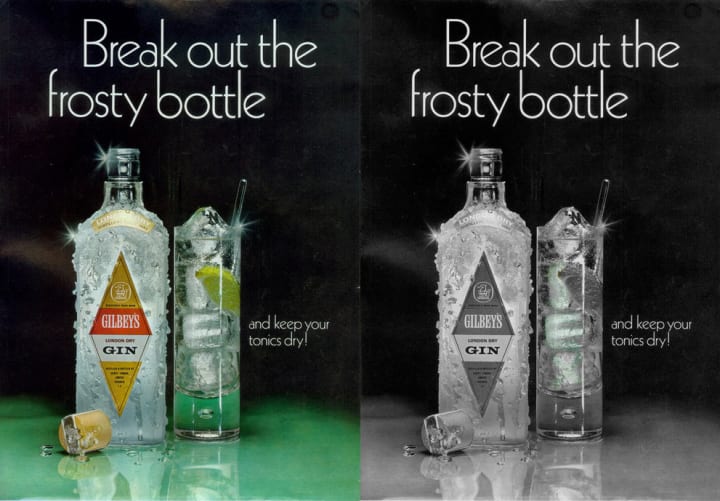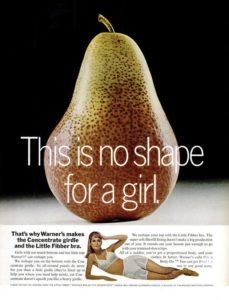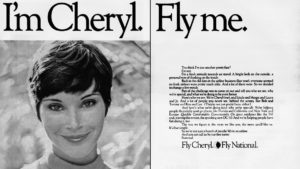The highs and lows of 1970s advertising
If the 1960s was the start of the ‘Golden Age of Advertising’, then the 1970s was definitely the time when advertising flourished or as Sir Ridley Scott put it “it was an exciting period for advertising. Probably the most exciting ever.”
And it’s easy to see why. More houses than ever had a TV, there were more TV channels for consumers to choose from (which also gave them the option of turning over during the adverts!) and by 1972 TV programming was completely in colour with the sale of colour TVs finally outpacing black and white.
But while the 1970s produced some of the most memorable ads ever, it also saw its fair share of questionable tactics. We take a look.
The age of creativity
Sir Ridely Scott, Alan Park, Hugh Hudson – it’s easy to forget that some of our most famous film directors cut their teeth on TV ads, which goes some way to explain why so many exceptional ads came out of the 1970s. Although it is hard to believe that Hovis’ iconic Boy on the Bike ad is by the same person who directed Alien!
With more brands turning to TV advertising over print, this was a time when they really needed to get creative if they wanted their product to stand out.
Some opted for humour. Who can forget the Cinzano ads which proved so popular with audiences that the three planned ads was extended to a series of 10, or the Smash Martians, who went on to be voted TV advert of the century by Campaign magazine?
And some brands decided adding a jingle was the best way to be memorable. Using jingles wasn’t a new thing. In fact, the first jingle to be broadcast can be attributed to General Mills in 1926, and the 1950s is often cited as the era of the jingle, but in the 1970s they really came into their own. A Finger of Fudge, Cadbury’s Fruit and Nut, R Whites Lemonade – all jingles which have not only stood the test of time, but which most people can probably still sing today!
Today, ‘audio branding’ is hugely important to the more subliminal side of advertising. Try saying McDonalds without hearing a whistle – or saying ‘A.O’ without following it with ‘let’s go!’ Intel took it a stage further by making their ‘tone’ not only consistent across advertising but embedding it in the product, incorporating it as mandatory for all PCs with ‘Intel Inside’.
New advertisers join the melee
The 1970s is also memorable for the different types of companies who started to use television to promote their products. During the 1960s there had been a secret agreement between car manufacturers not to advertise on TV, but then Datsun came along and broke that agreement which opened the floodgates for car ads. Triumph, British Leyland and Vauxhall were part of this wave, although the Vauxhall one is so creepy we’re not sure how many they managed to sell.
Newspapers and magazines such as The Mirror, The Sun, Look-In and the TV Times also started to advertise on TV along with the first corporate advertising. ICI were one of the first with campaigns which used things such as Concorde and babies to enhance their image.
Diss the competition
With more and more companies advertising on TV, brands realised that simply promoting their product wasn’t enough – they needed to tell consumers why they should buy their product over the competition’s, so they started to get critical.
Some brands chose a subtle approach, such as KP Crisps alluding to their crisps being crunchier than other crisps (and obviously capitalising on the success of Jaws the year before) while Birdseye Beefburgers made it clear that not all beefburgers were the same.
The most famous example from this period is the ongoing battle between Pepsi and Coca-Cola. Coca-Cola created the strapline ‘It’s the Real Thing’ to reaffirm their position as the ‘original coke’ and to imply Pepsi was just a poor substitute. And of course they hit the jackpot with ‘Hill Top’, which has gone on to be one of the most famous ads of all time, so good it featured as the denouement to Mad Men.
But this game of one-upmanship caused problems with some brands, such as Listerine going too far and making unsubstantiated claims.

Not only did this result in distrust towards commercial advertising spiking in the 1970s, but also in regulators having to step in. In 1975, the ASA launched a campaign to inform the public of their rights to complain if an ad was not ‘legal, decent, honest and truthful’.
The power of subliminal messaging
When psychologist James Vicary claimed that popcorn sales went up by 50% after “Hungry? Buy popcorn!” was flashed on a cinema screen so fast that people didn’t consciously notice it, brands sat up and took note.
Benson & Hedges launched an advertising campaign in the US and focused on how its cigarette packs used hard rather than thin card to protect the cigarettes inside. The hidden message took ‘hard’ to the extreme with some very NSFW imagery which is hard to avoid once you’ve seen it!
Gilbey’s Gin also focused on the fact sex sells when it launched this controversial ad campaign with the word sex appearing in the ice-cubes!

But the ad that really caused concern was a TV ad by Husker Du, a board game released in the early 1970s. Their ads featured a number of single frames which simply read ‘Get it’. Consumers noticed and complained to the Federal Communications Commission (FCC). The ad was pulled and the FCC declared subliminal messaging in TV ads was ‘contrary to public interest’ and banned the practice.
So does subliminal messaging work? Hard to say since Vicary never actually conducted a subliminal experiment – it was all simply a ruse to attract more clients to his own failing marketing business!
Blatant sexism was still rife
Sadly all the creativity of the 1970s didn’t extend to how women were portrayed. In fact, despite the 70s being the height of women’s liberation many brands continued to either show women as sex objects or as housewives obsessed with housework. Even worse some ads implied the only way to keep a woman was to buy her things (although why she needs to be naked on the floor, isn’t clear!)
Body-shaming was rife with ads focusing on how women should make themselves look good for men,

and even though it was the 1970s, we are still shocked that anyone thought this Lolita-esque ad was a good idea. The print ads weren’t much better.
But women did start to fight back with the National Airlines ‘Fly Me’ campaign sparking protests by the National Organization for Women. National Airlines took no notice and released a new campaign featuring flight attendees who said: “ “I’m going to fly you like you’ve never been flown before.” Yes really!

So while 1970s advertising was a hot bed of creativity and gave us some of the most memorable ads (and jingles!) of all time, it also saw some brands trying to push it too far which thankfully saw an increase in new advertising regulations and people taking a stance over what they saw as inappropriate. But was this to the detriment of advertising in the 1980s? We’ll find out next time.
